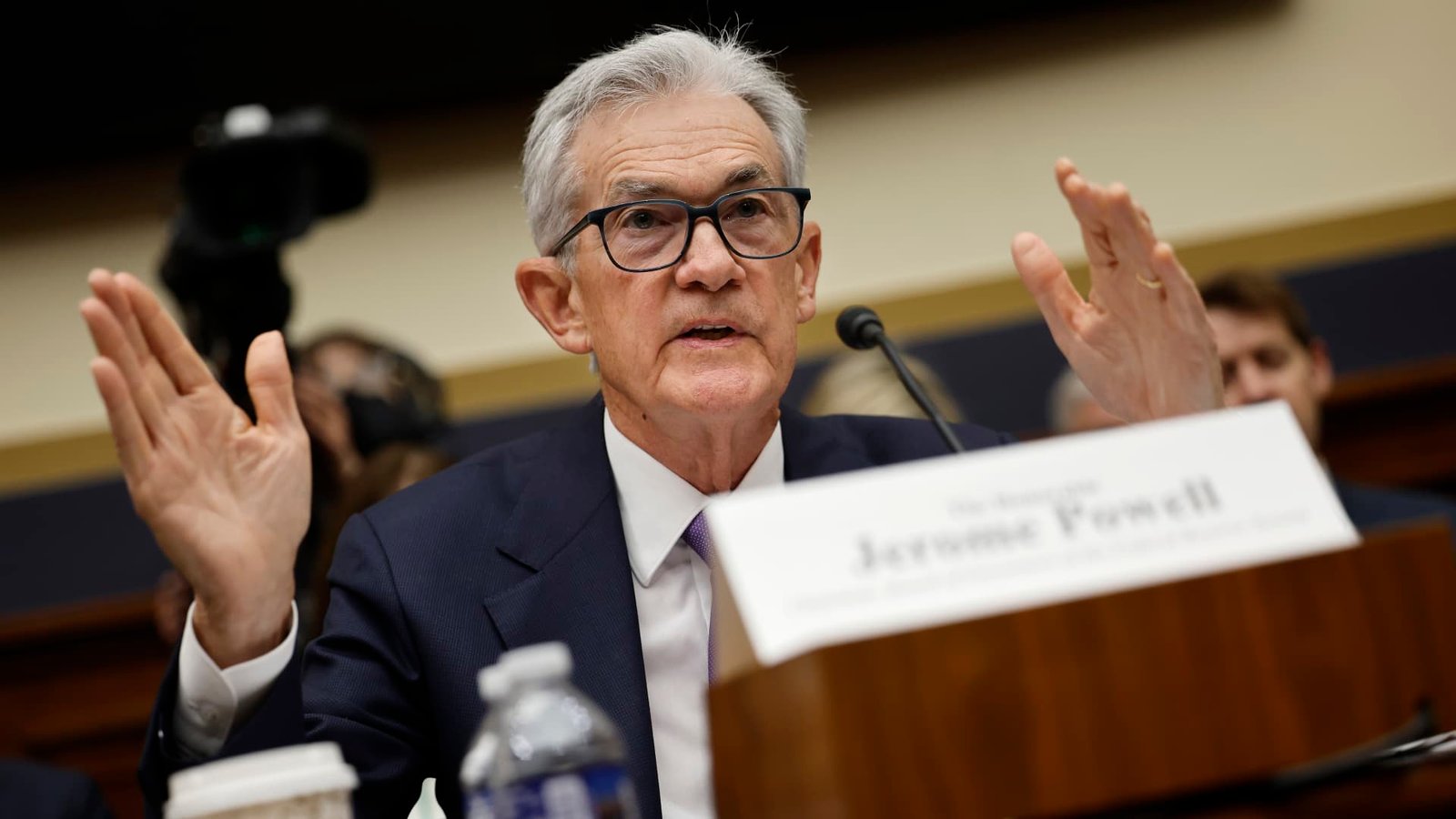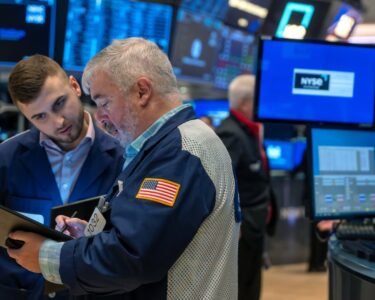Federal Reserve Chair Jerome Powell reiterated on Wednesday that he expects interest rates to start declining this year, although he did not specify when exactly this would happen. In prepared remarks for his appearances on Capitol Hill, Powell emphasized the importance of carefully assessing incoming data, the evolving outlook, and the balance of risks before making any adjustments to the policy rate target range. He emphasized the need for greater confidence that inflation is moving sustainably toward the 2 percent target before reducing the target range.
Powell’s remarks were consistent with the Federal Open Market Committee’s statement following its recent meeting, which concluded on January 31. During a question-and-answer session with House Financial Services Committee members, Powell expressed the need to see more data before making any decisions on rates. He highlighted the strength of the economy and the labor market as factors that give policymakers the confidence to approach rate adjustments thoughtfully and carefully.
As Powell spoke, stocks posted gains, with the Dow Jones Industrial Average rising more than 250 points by midday. Treasury yields mostly moved lower, indicating market optimism following Powell’s comments. However, Powell’s speech did not introduce any new developments in monetary policy or the Fed’s economic outlook. Instead, it reaffirmed the Fed’s commitment to making decisions based on incoming data rather than following a predetermined course.
Powell indicated that the policy rate is likely at its peak for the current tightening cycle and that it may be appropriate to begin dialing back policy restraint at some point this year. However, he also highlighted the uncertainty surrounding the economic outlook and the ongoing progress needed to achieve the 2 percent inflation objective. Powell emphasized the risks of lowering rates too quickly, which could jeopardize the fight against inflation and necessitate further rate hikes in the future.
Markets had previously anticipated aggressive rate cuts following a series of interest rate hikes totaling 5.25 percentage points from March 2022 to July 2023. However, recent cautionary statements from Fed officials have tempered these expectations. The January meeting reinforced the Fed’s cautious approach, with the statement explicitly stating that rate cuts are not imminent despite market expectations.
Currently, futures market pricing suggests that the first rate cut may come in June, with a total of four cuts expected this year amounting to a full percentage point. This outlook is slightly more aggressive than the Fed’s previous projection of three cuts in December.
Despite the Fed’s reluctance to move forward with rate cuts, Powell noted the progress made toward the 2 percent inflation goal without adversely affecting the labor market and the broader economy. He highlighted the substantial decrease in inflation and the improved balance of risks to achieving the Fed’s employment and inflation goals over the past year. Inflation, as measured by the Fed’s preferred gauge, is currently running at a 2.4 percent annual rate, with core inflation at 2.8 percent.
Powell is expected to face a range of questions during his two-day visit to Capitol Hill, focusing on inflation, rates, and other economic issues. The presidential election year poses unique challenges for the Fed, with political pressure from both sides influencing policy decisions. Powell’s testimony is closely watched by market participants and policymakers alike, as they seek insights into the Fed’s future actions and the state of the economy.
In conclusion, Powell’s remarks underscore the Fed’s cautious approach to monetary policy and the importance of data-driven decision-making. While rate cuts are expected this year, the timing and magnitude of these cuts remain uncertain. Powell’s commitment to maintaining progress against inflation while supporting economic growth reflects the Fed’s dual mandate of price stability and maximum employment. As the economic outlook evolves, market participants will closely monitor the Fed’s actions and communications for signals on future policy direction.




